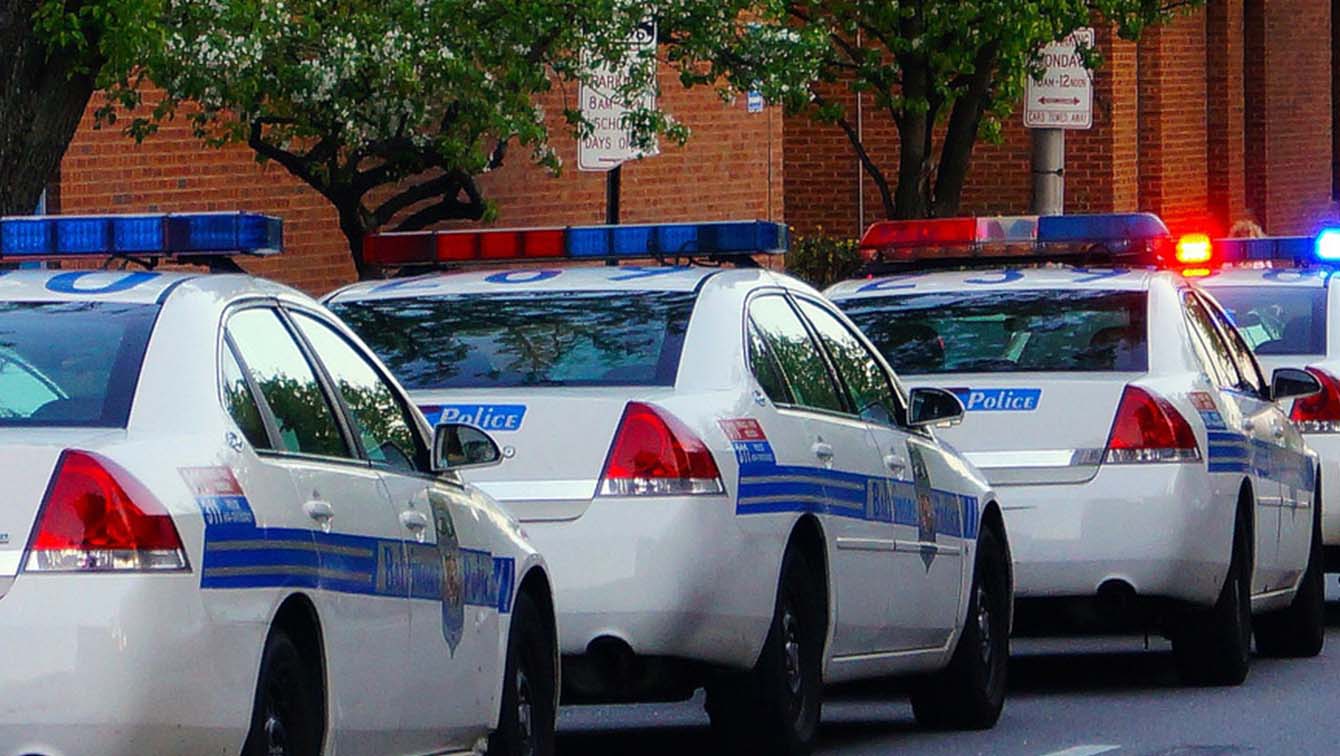Policing Reentry Victims August 19, 2021
In the wake of calls to reevaluate public safety, the challenges of modern policing call for police agencies to build and maintain trust and legitimacy with the communities they serve and to work with community members as essential partners to identify problems and co-produce tangible solutions.
As strategic partners to the Safety and Justice Challenge, the IACP recognizes that promoting community-wide healing in the wake of trauma cannot be detached from the efforts to reduce jail populations and promote alternatives to arrest that uphold community safety. Trust, transparency, accountability, and safety are intertwined.
Policing happens in a dynamic environment. Policies, procedures, supervision, oversight, and accountability systems can help minimize the risk of high-profile events occurring or scandals arising. However, police agencies also need to be prepared to respond in the aftermath of these incidents to promote healing, recovery, and accountability. Police agencies that have trained officers to provide a trauma-informed response and promote comprehensive officer wellness are better able to constructively respond to the trauma of a high-profile incident.
This raises the question: how do we move forward? In 2016, the Office for Victims of Crime in the U.S. Department of Justice sought to explore what a path forward that embraces collective healing might look like, in the process developing a national demonstration initiative: Law Enforcement and the Communities They Serve: Supporting Collective Healing in the Wake of Harm (“Collective Healing”). The IACP was motivated to lead this initiative because we recognized that a strong foundation of understanding and collaboration must be in place between police and the communities they serve, prior to high-profile incidents, to ensure the deployment of effective responses in the wake of such incidents—when barriers, tensions, and stakes are often intensified.
Over the intensive four-year Collective Healing initiative, the IACP provided oversight, management, and national training and technical assistance to five law enforcement agency demonstration sites. Through partnerships with Equal Justice USA, Resilience Works, the Alliance for Safety and Justice and the Crime Survivors for Safety and Justice Initiative, PRO Wellness Services, and a range of other experts with experience in building trauma-informed systems through multi-stakeholder collaborations, the Collective Healing initiative supported law enforcement’s leadership role in adopting a trauma-informed culture and practice.
Themes Across Collective Healing Sites
The initiative’s intersectional approach focused on three interrelated components that are essential to fostering collective healing: 1) improving community-police relations and community wellness, 2) enhancing the access to and quality of victim services, and 3) improving officer and agency wellness and resilience. Specifically, this initiative elevated strategies that address institutional disparities, enhance victim services (with particular attention to reducing barriers to accessing these services in communities that experience a disproportionate burden of victimization), and promote comprehensive officer wellness and resiliency. Our resulting report from this project sheds light on both these preventative and reparative strategies.
Work with demonstration sites included developing, implementing, and assessing the practical tools necessary for building essential relationships and joint strategies to reduce tensions, maximize communication, promote trauma-informed interventions and problem-solving, and facilitate healing between law enforcement and the communities they serve.
The report outlining what we learned is designed to help law enforcement agencies create a victim-centered, trauma-informed, collaborative response, co-created with the communities that they serve. The report emphasizes meeting the needs of the most vulnerable after traumatic events, including communities that are most impacted by the criminal legal system and community violence, the responding officers, their families, and their agencies. These efforts are significant but represent only the early stages of what should be a long-term commitment to addressing complex and deeply rooted challenges.
The intensive work of the Collective Healing initiative over four years focused on creating a victim-centered, trauma-informed, collaborative response that meets the needs of those most vulnerable amid violence and traumatic events. In the wake of calls to reevaluate public safety priorities and strategies, we should bear in mind that working toward collective healing is a continuous process, involving both accountability and transparency, and which includes:
- Trauma-informed policing
- Leadership, culture, and operational capacity-building
- Collaboration and community engagement
- Victim services
- Vicarious trauma and officer wellness
We look forward to sharing the lessons learned from this demonstration initiative as we continue to work with and learn from the sites in the Safety and Justice Challenge, and ultimately promote local justice systems that are both safe and just.


